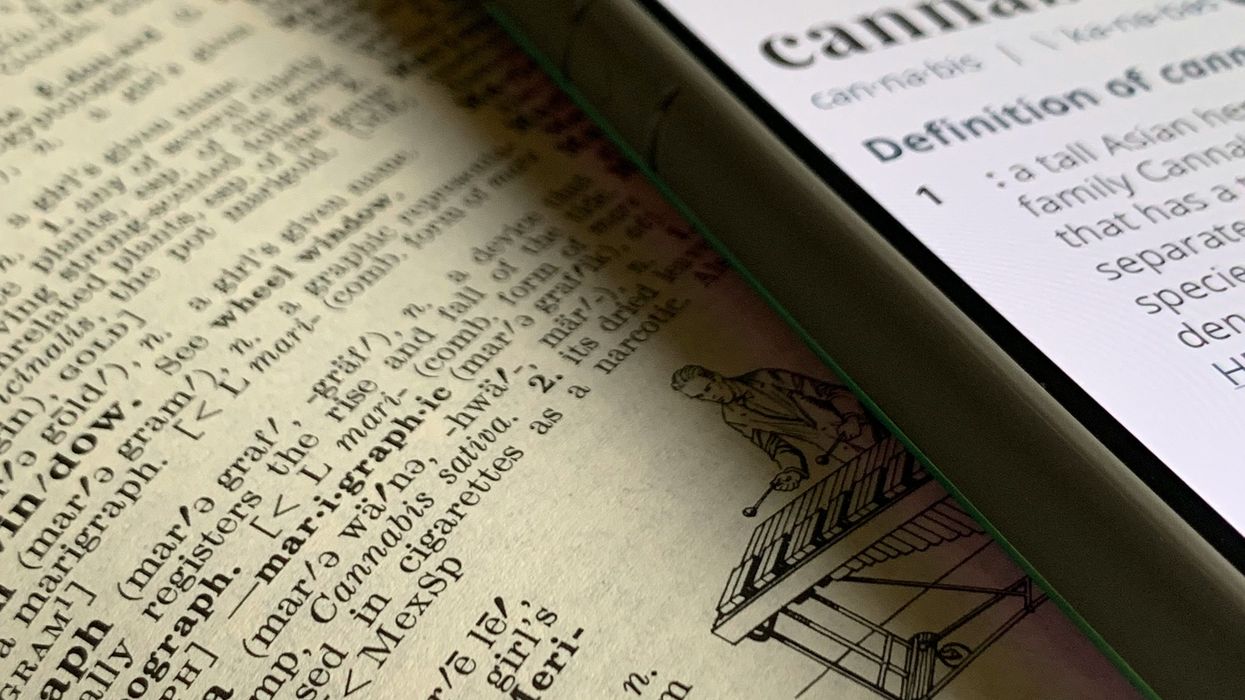How did cannabis become a schedule I controlled substance?
It’s a critical question that not enough people are asking.
By now, the majority of people in the U.S. believe that cannabis should be federally legalized, however it’s important to understand how it was criminalized in the first place.
If everybody knew the truth about this piece of history, reform would come much faster.
Ignore this history, and we are doomed to repeat it, which is exactly what has been happening over the past several decades.
Have you ever wondered why we are still adhering to Nixon-era policies?
You’ll be screaming that question by the end of this article, if you are unfamiliar with the story of how cannabis landed as schedule I in the Controlled Substances Act of 1970.
Cannabis prohibition was ruled unconstitutional in 1969
Perhaps you’ve heard of Timothy Leary, who gained fame and notoriety for his groundbreaking work with LSD – even encouraging his Harvard students to partake.
However, few people know that after Leary’s 1965 arrest for cannabis possession, he took his case all the way to the Supreme Court.
In Leary vs United States, the U.S. Supreme Court unanimously ruled that the Marihuana Tax Act of 1937 was a violation of the Fifth Amendment (your right against self-incrimination).
For more than 30 years, Harry Anslinger and his Federal Bureau of Narcotics had been using this legislation to criminalize cannabis, throw people in jail, and by doing so expand funding for their department.
Anslinger and his cronies were in violation of the U.S. Constitution the entire time.
Enter the Controlled Substances Act of 1970
Leary’s victory in the highest court of the land was a short-lived one for cannabis advocates.
Congress replaced The Marihuana Tax Act of 1937 with the Controlled Substances Act of 1970, which prohibited or restricted a wide range of drugs across five different categories, schedule I being the strictest of them all.
The thinking behind the CSA was to consolidate all the country’s federal drug laws into a single legislation. The Nixon administration had claimed drug abuse was America’s number one public enemy, so why not throw all these loser communist druggies in prison?
You can’t make this stuff up.
For Nixon, drugs were never a public health concern but rather a political one.
Nixon buried a mountain of scientific findings on cannabis
When Congress was finalizing the CSA, they couldn’t agree on how to schedule cannabis.
To settle the cannabis question, Nixon appointed the Shafer Commission to get to the bottom of it. Author Joe Dolce does a wonderful job covering this in his book Brave New Weed.
Dolce writes that Nixon “instructed his aides to ensure the report packed a wallop.” The hidden microphones Nixon had installed in the Oval Office recorded the entire conversation.
“I want a goddamn strong statement on marijuana,” Nixon told his chief of staff Bob Haldeman. “I mean one [statement] on marijuana that just tears the ass out of them,” Nixon continued. “You know…Every one of the bastards that are out for legalizing marijuana is Jewish. What the Christ is the matter with the Jews, Bob? What is the matter with them?”
Nixon continued, “I suppose it’s because most of them are psychiatrists, you know, there’s so many, all the greatest psychiatrists are Jewish. By god, we are going to hit the marijuana thing, and I want to hit it right square in the puss. I want to find a way of putting more on that.”
Haldeman assured Nixon that the commission would give him what he wanted. After all, the conservative Raymond Shafer had his eyes on a Supreme Court nomination.
The Shafer Commission – at the time referred to as the National Commission on Marijuana and Drug Abuse – launched the most in-depth study on cannabis in U.S. history to date.
In addition to conducting more than 50 national studies, the commission also visited countries such as Holland, Morocco, Afghanistan, and Jamaica to study cannabis’s impacts on these different societies.
The final report was released in early 1971, published in four volumes totaling more than 4,000 pages. It was called Marihuana: A Signal of Misunderstanding.
You can check out the report here.
Dolce writes: “[The Shafer report] concluded that the punishment for marijuana was more harmful than the drug itself and recommended decriminalizing personal possession.”
The Shafer Commission’s overall conclusion was crystal clear: “Considering the range of social concerns in contemporary America, marihuana does not, in our considered judgment, rank very high.”
Nixon was pissed. He buried the report, ignoring its recommendations, and ensured that cannabis and all its chemical compounds be categorized as schedule I alongside heroin, LSD, psilocybin, peyote, and other substances (cocaine would be designated as a schedule II substance).
On paper, schedule I substances are deemed as dangerous, with zero medical value and a high probability of addiction – unsafe even under medical supervision.
Never mind the medical research that was already underway in Israel or the documented use of cannabis as a medicine over the millennia, or the overall safety profile of cannabis.
It would not be the first time or the last time where politicians have played doctor, essentially practicing medicine without a license by making major policy decisions that impact public health.
Why are we still using Nixon-era policy?
Nixon’s actions led to the disinformation and the criminalization of cannabis that continues to present day.
A few gut-wrenching stats for you:
The U.S. has spent an estimated $1 trillion in its so-called war on drugs since 1971.
And it’s still happening. Just this year the President’s FY 2021 budget increased counterdrug funding to $35.7 billion.
Total cannabis arrests in 2019 amounted to 545,600 – 91.7 percent of these arrests were for possession.
That’s one cannabis arrest every 58 seconds!
Since 1980, the U.S. federal prison population has increased by almost 790 percent.
And if you’re Black, your 3.73 times more likely to get arrested for cannabis possession, despite similar rates of use among whites. In some states, your nine times more likely to get arrested.
Not only is this a tremendous waste of tax dollars, which would be better spent on education and healthcare, etc., but it’s common knowledge by now that the so-called war on drugs was and is a complete tragedy that has destroyed countless lives, torn apart families, and reinforced the weeping wounds of racism still plaguing the country today.
We are crawling towards drug reform when we need to be sprinting at full speed.
One only needs to look at the success of Portugal’s drug policies for a model of how to do it.
Nixon’s true motives are undeniable yet ignored
Why did Nixon do it? The same reason every other politician before and after has beat the marching drum to the so-called War on Drugs: political gain, greed, and outright racism.
According to Fred Gardner, founder and publisher of O’Shaughnessy’s, Haldeman even details Nixon’s motives in his diary, writing this: “[Nixon] emphasized that you have to face the fact that the whole problem is really the blacks. The key is to devise a system that recognizes this while not appearing to.”
Gardner notes, “The so-called War on Drugs was the system they devised, and it has achieved its purpose all these years.”
If that weren’t damning enough, Nixon’s motives were further verified when John Ehrlichman, his domestic policy advisor, made the following statement to journalist Dan Baum in 1994:
“The Nixon campaign in 1968, and the Nixon White House after that, had two enemies: the antiwar left and black people. You understand what I’m saying? We knew we couldn’t make it illegal to be either against the war or black, but by getting the public to associate the hippies with marijuana and blacks with heroin, and then criminalizing both heavily, we could disrupt those communities. We could arrest their leaders, raid their homes, break up their meetings, and vilify them night after night on the evening news. Did we know we were lying about the drugs? Of course we did.”
As long as cannabis remains a controlled substance, Nixon is still getting his way, ruling with a crooked, racist fist from beyond the grave – all this despite his being kicked out of the White House for criminal activity.
Unacceptable.
As Dr. Carl Hart argues in his book Drug Use for Grown-Ups, "The Declaration asserts that each of us is endowed with certain 'unalienable Rights,' including 'Life, Liberty and the pursuit of Happiness,' and that governments are created for the purpose of protecting these rights. The use of drugs in the pursuit of happiness, in my view, is arguably an act that the government is obliged to safeguard."
Are you still missing out on The Bluntness newsletter? Sign Up today to stay in the loop.
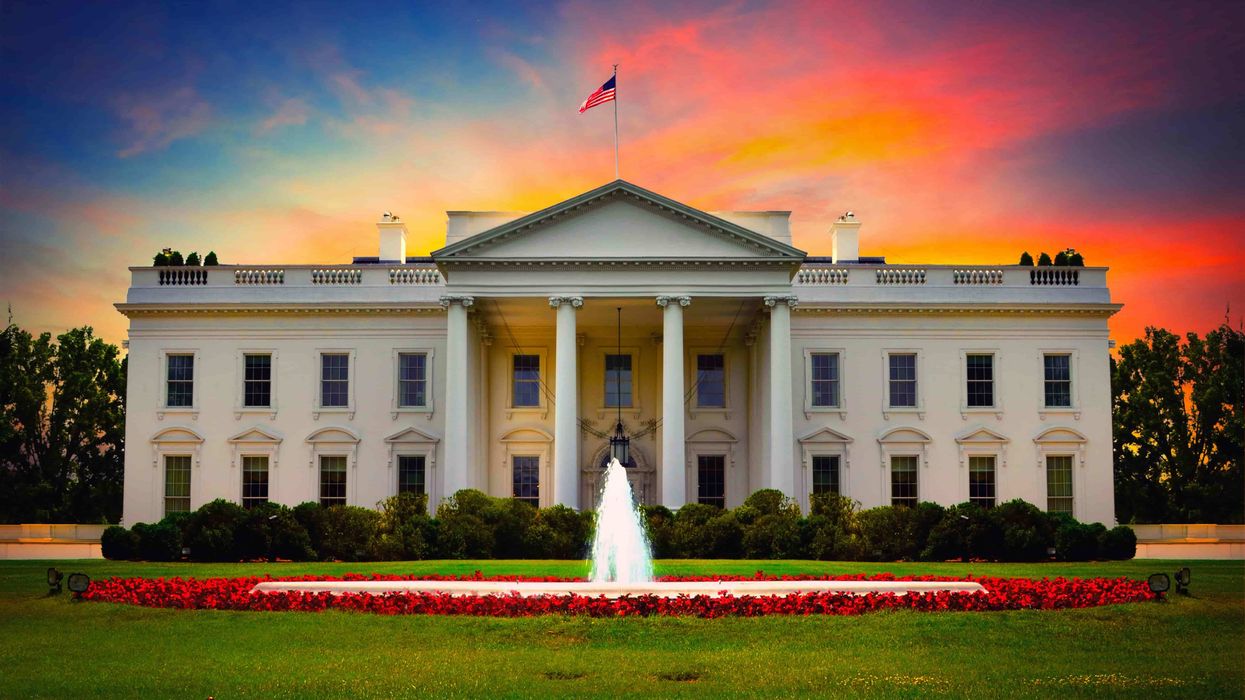

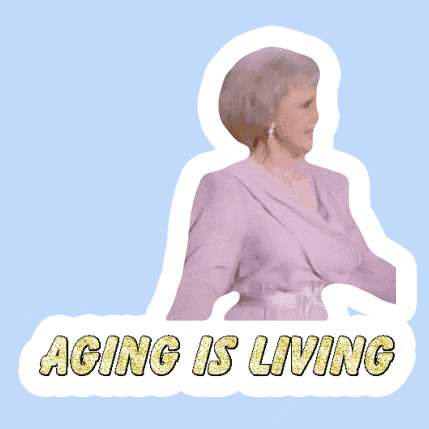
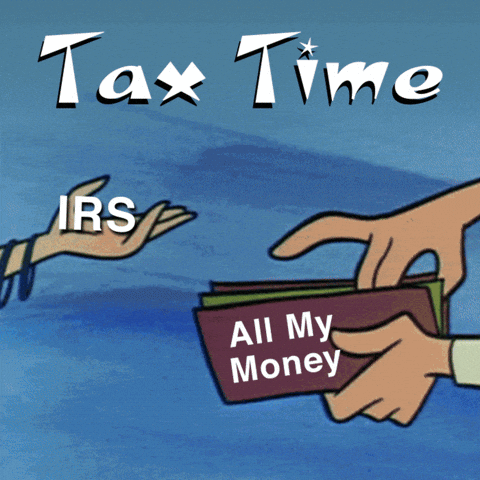
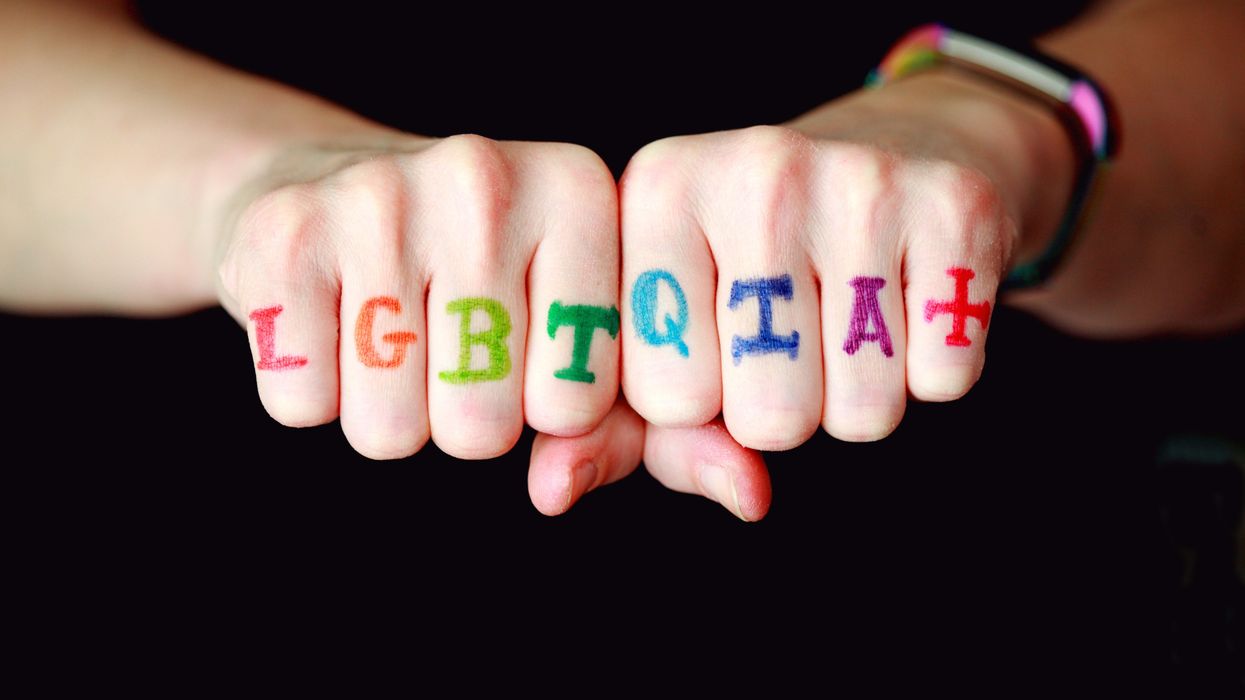
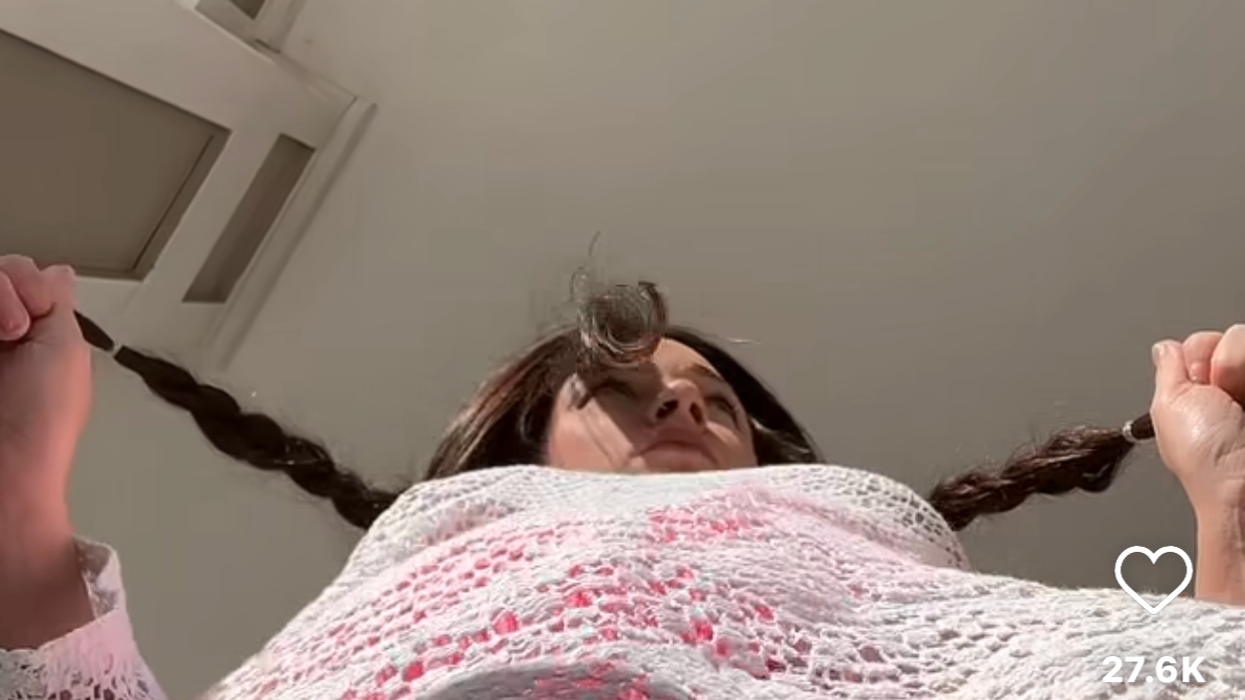
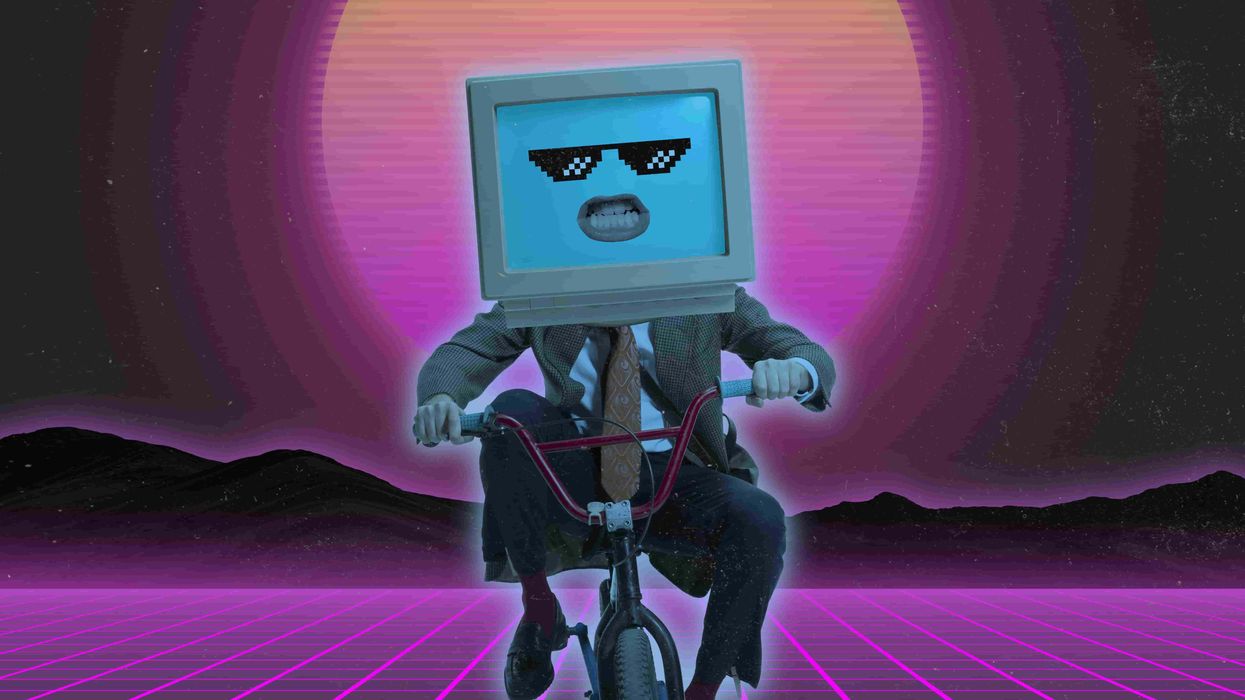
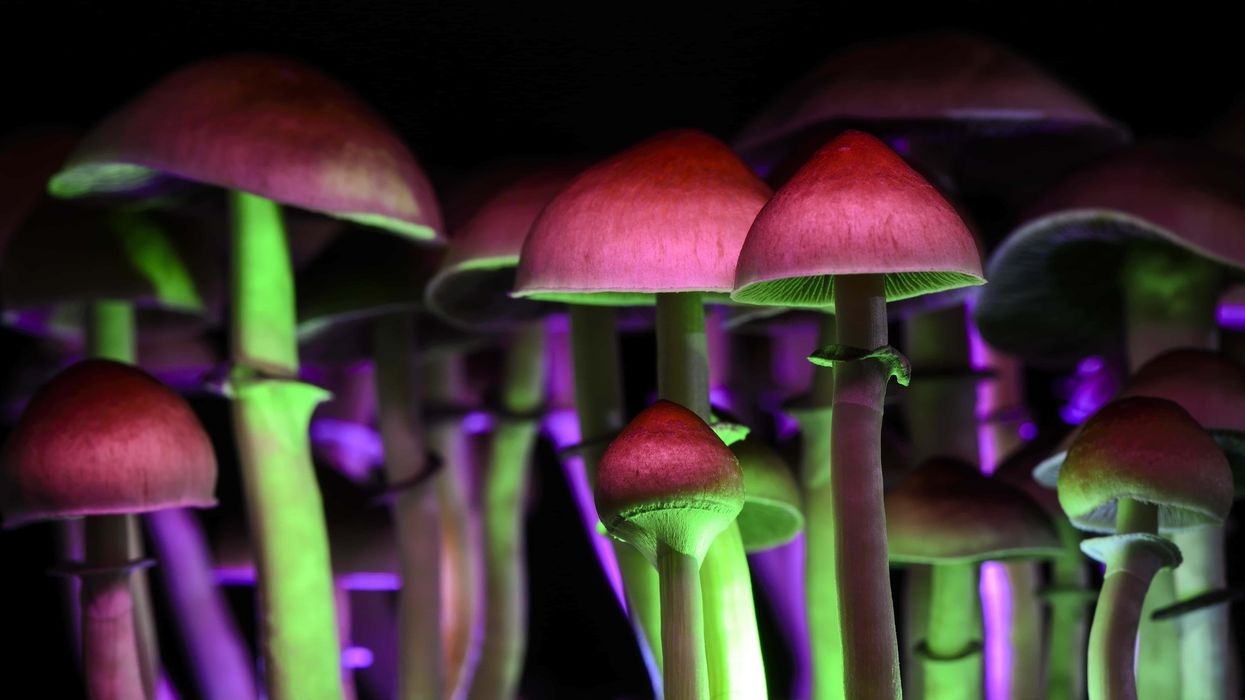
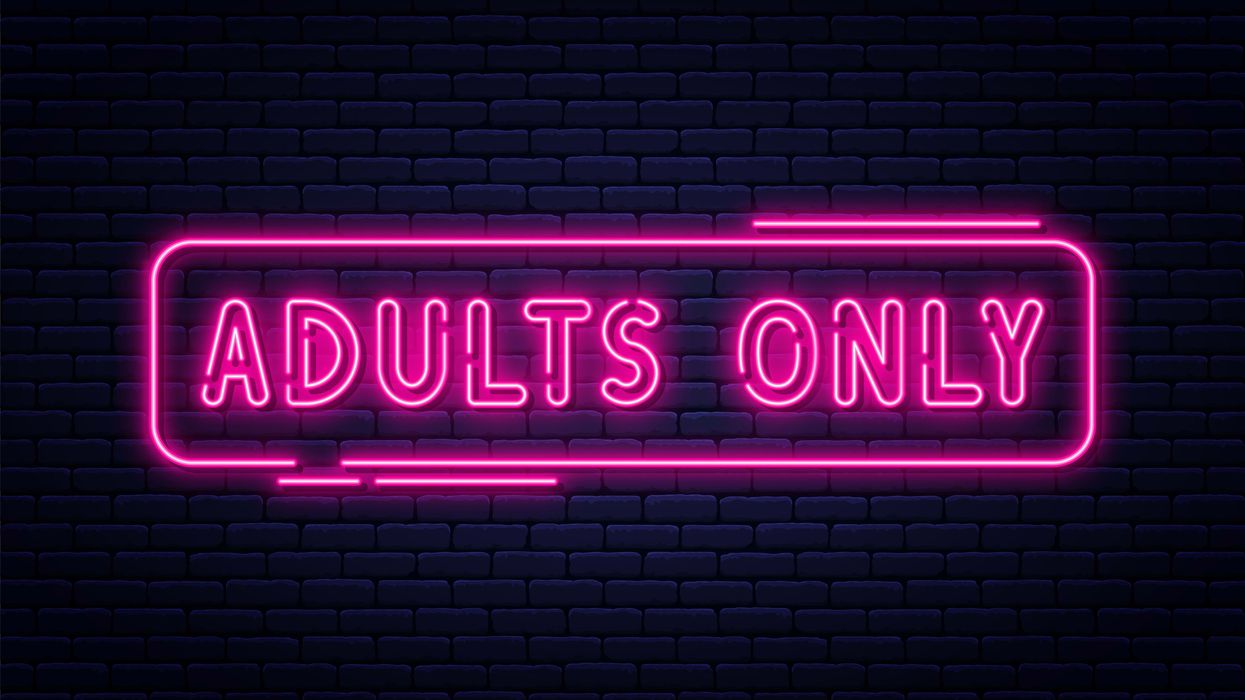

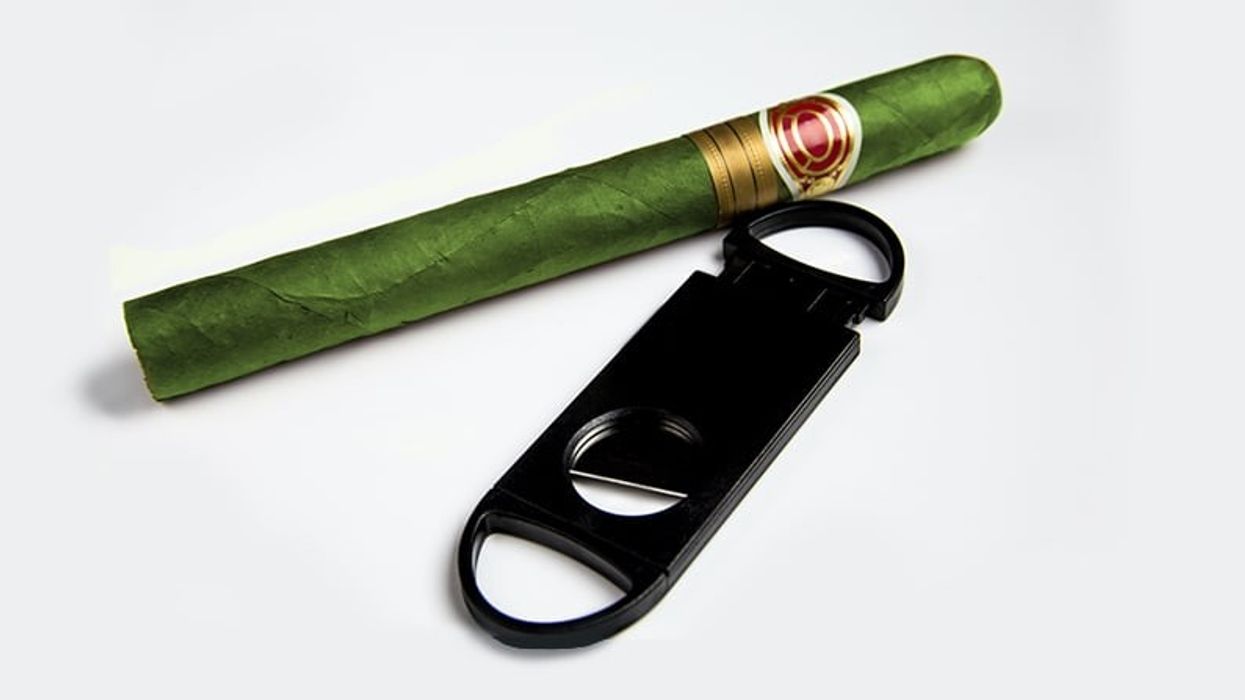
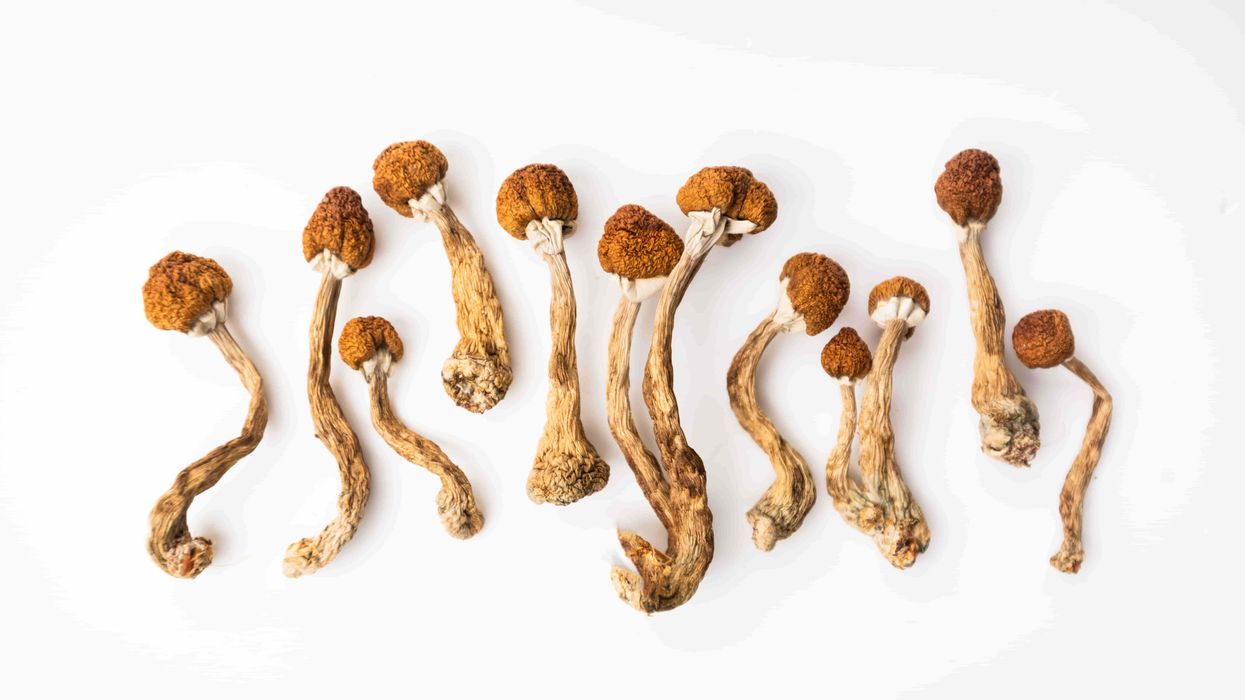
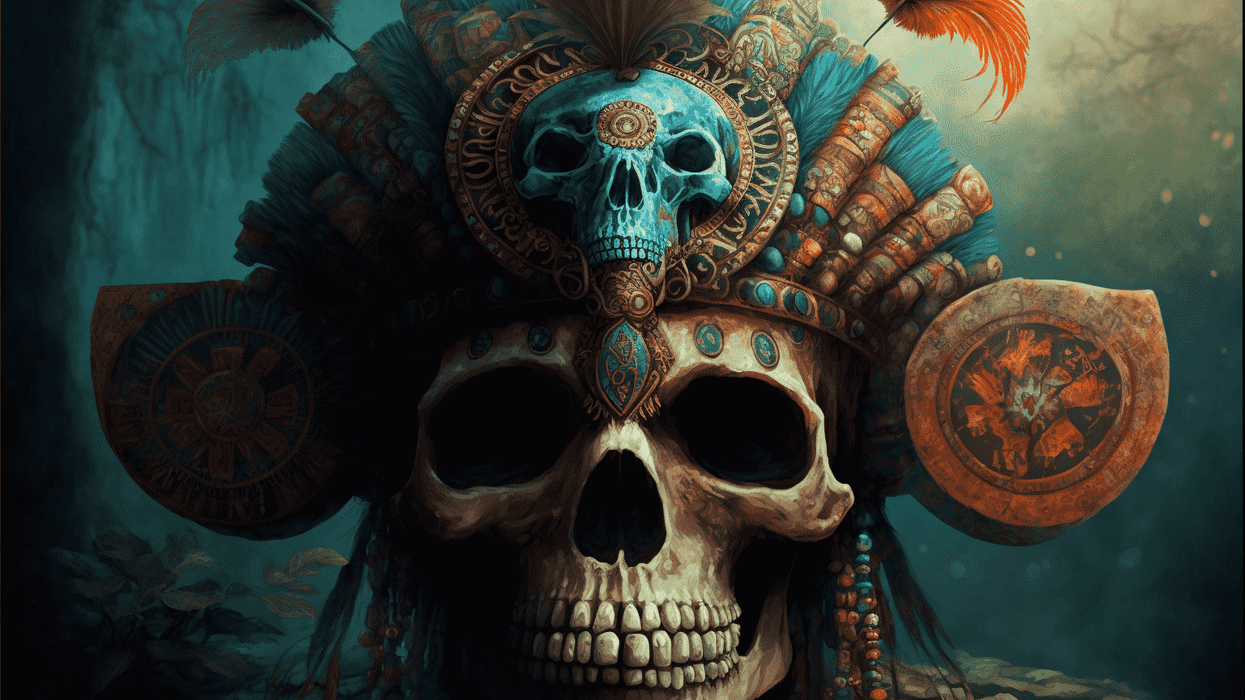
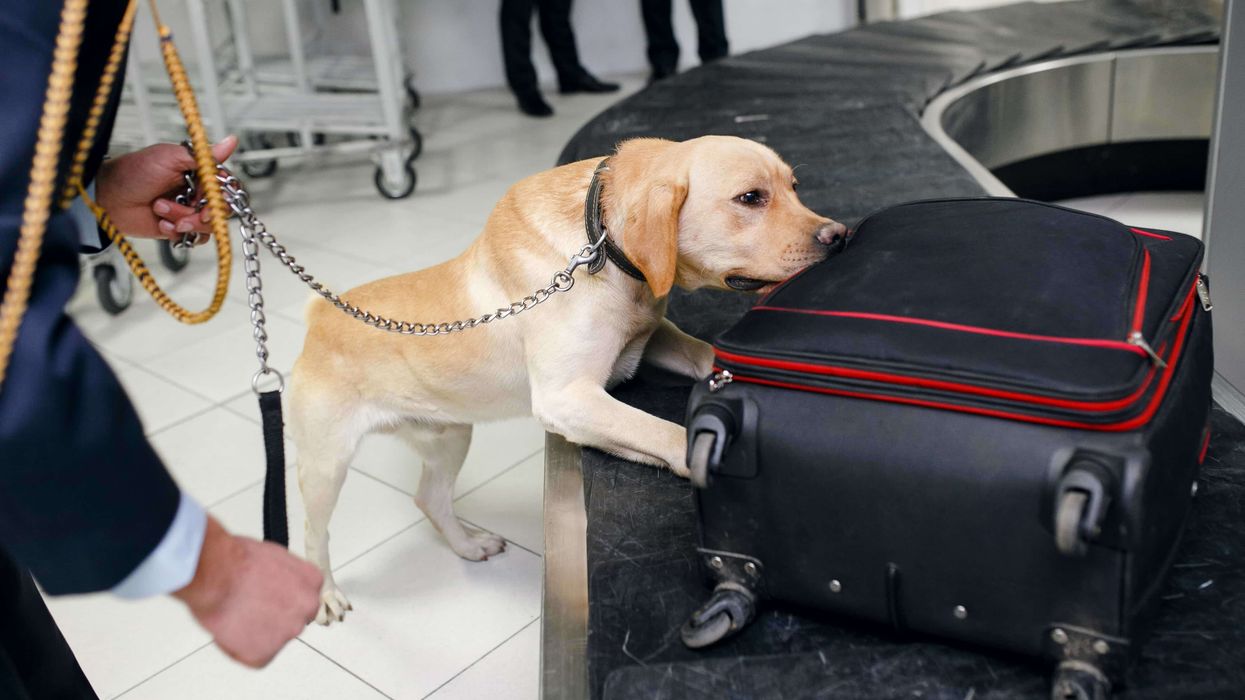
 Can Drug Dogs Smell Edibles? - The Bluntness
Photo by
Can Drug Dogs Smell Edibles? - The Bluntness
Photo by 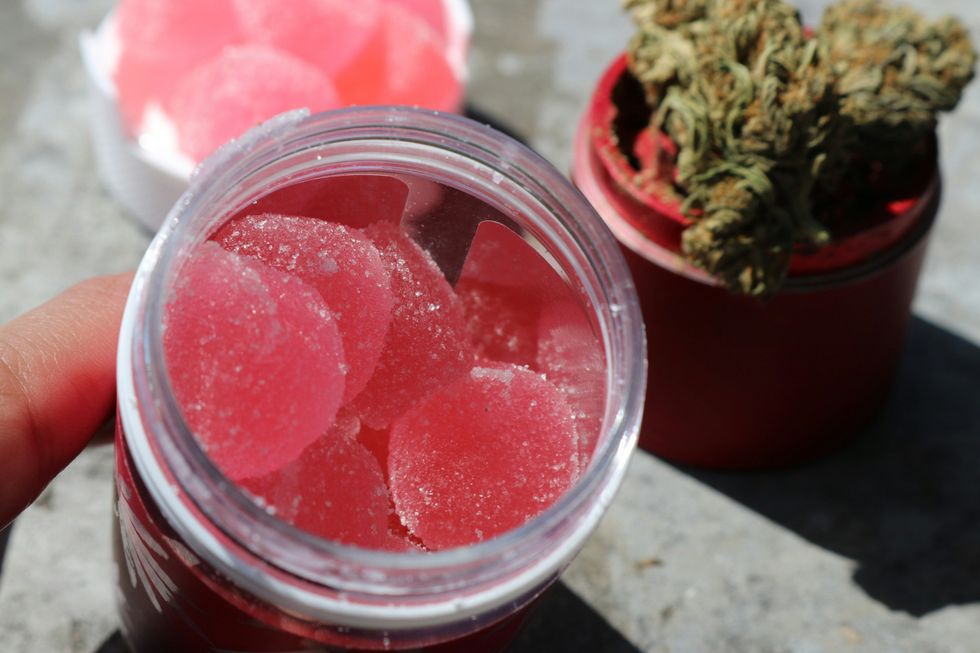 Can Drug Dogs Smell Edibles? - The Bluntness
Photo by
Can Drug Dogs Smell Edibles? - The Bluntness
Photo by 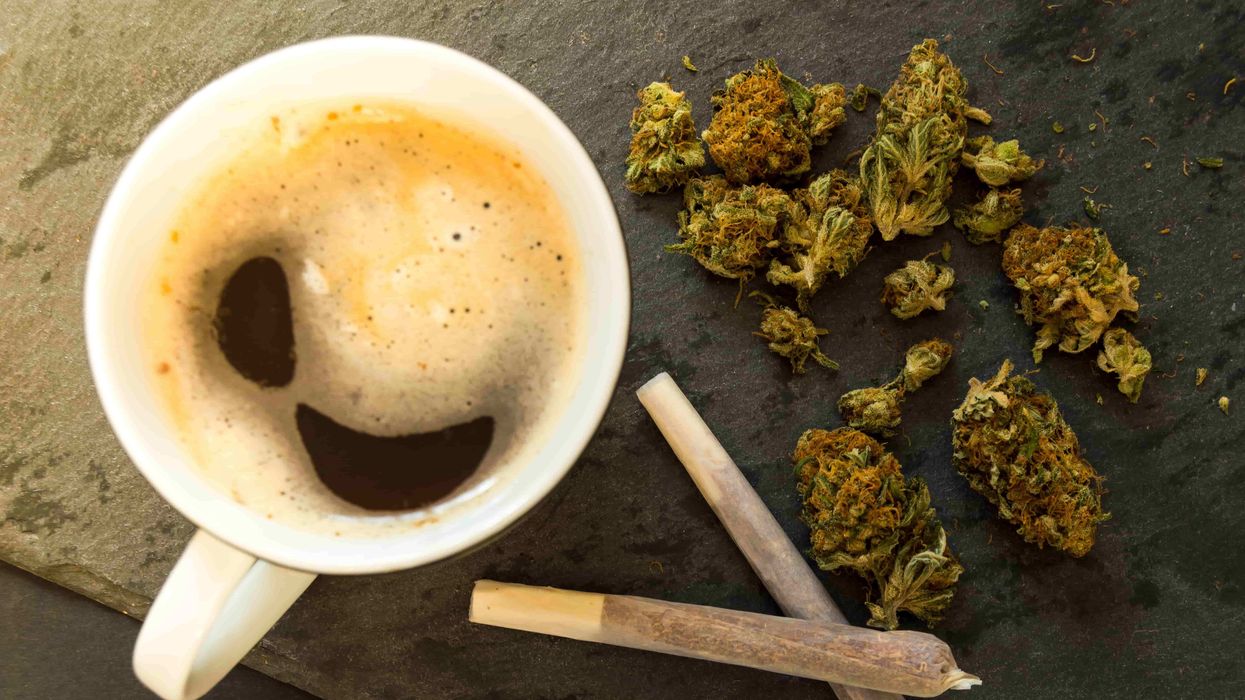
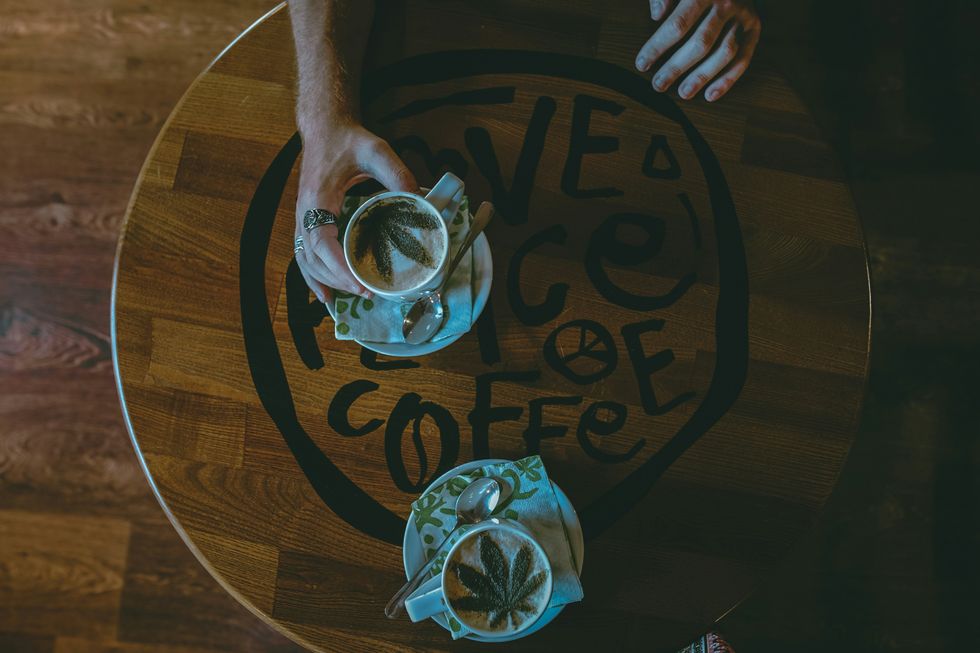 Coffee & Weed: A Modern Spin on the Hippie Speedball - The Bluntness
Photo by
Coffee & Weed: A Modern Spin on the Hippie Speedball - The Bluntness
Photo by 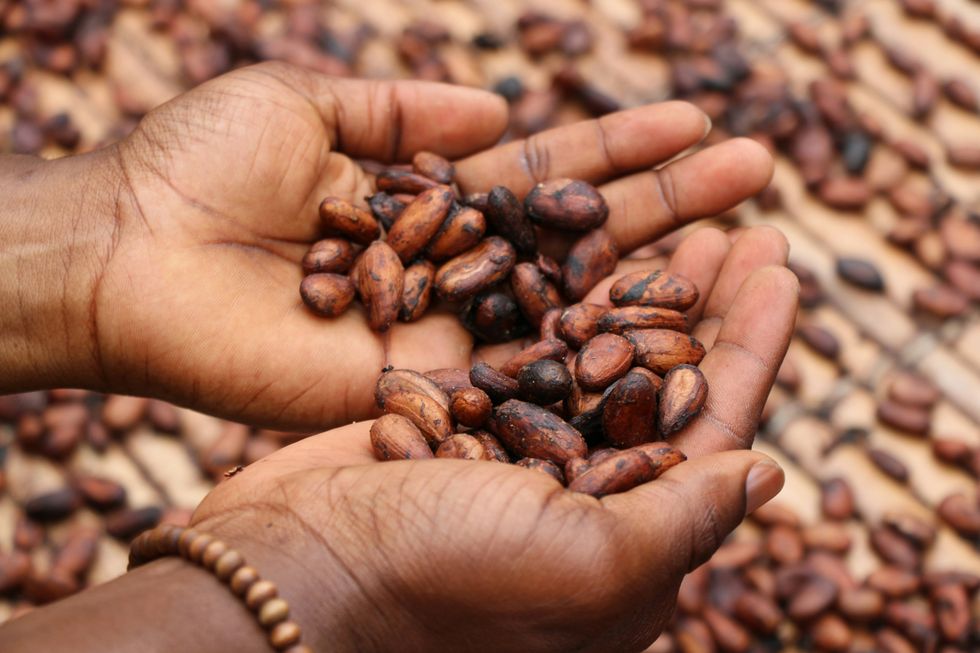 Coffee & Weed: A Modern Spin on the Hippie Speedball - The Bluntness
Photo by
Coffee & Weed: A Modern Spin on the Hippie Speedball - The Bluntness
Photo by 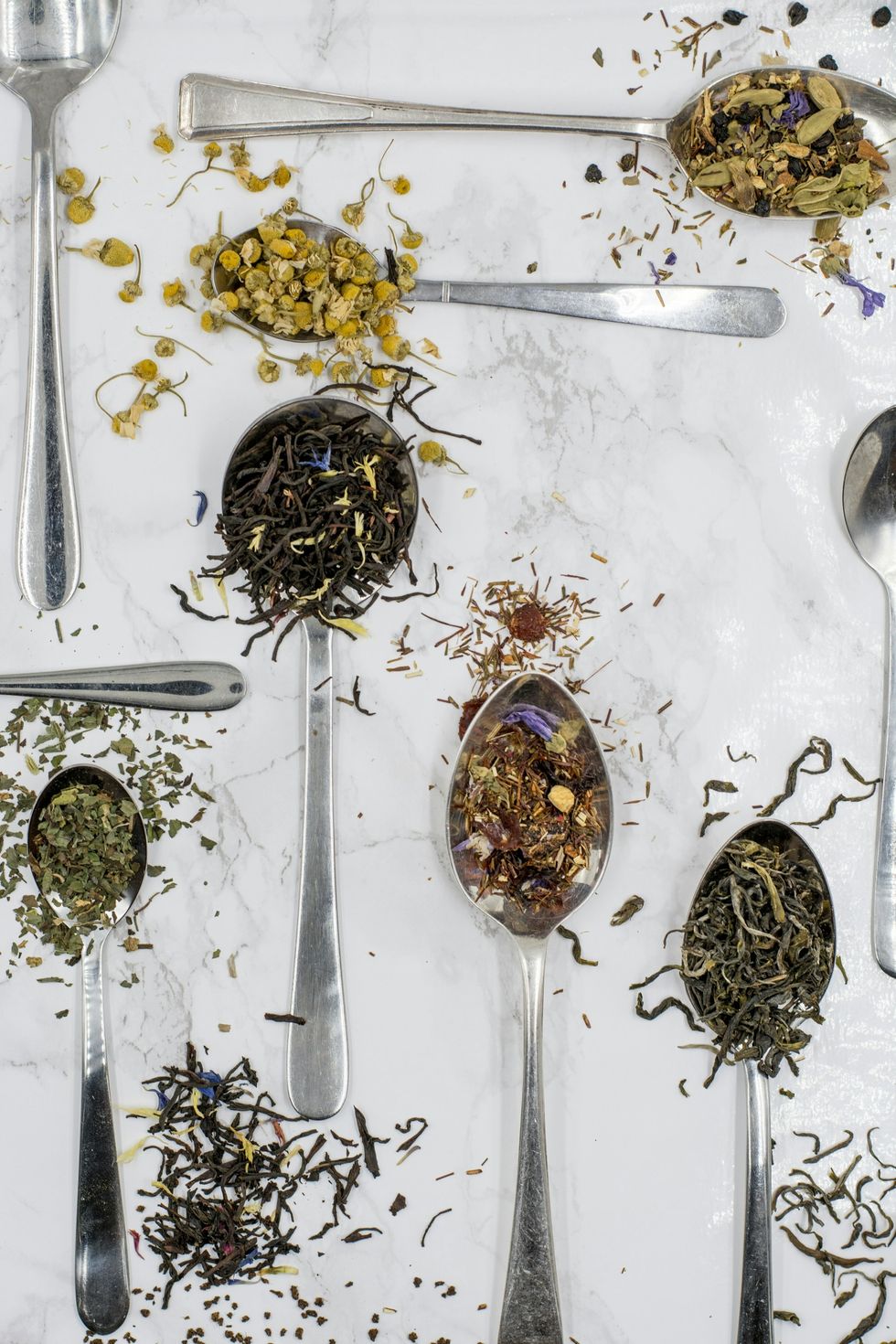 Coffee & Weed: A Modern Spin on the Hippie Speedball - The Bluntness
Photo by
Coffee & Weed: A Modern Spin on the Hippie Speedball - The Bluntness
Photo by 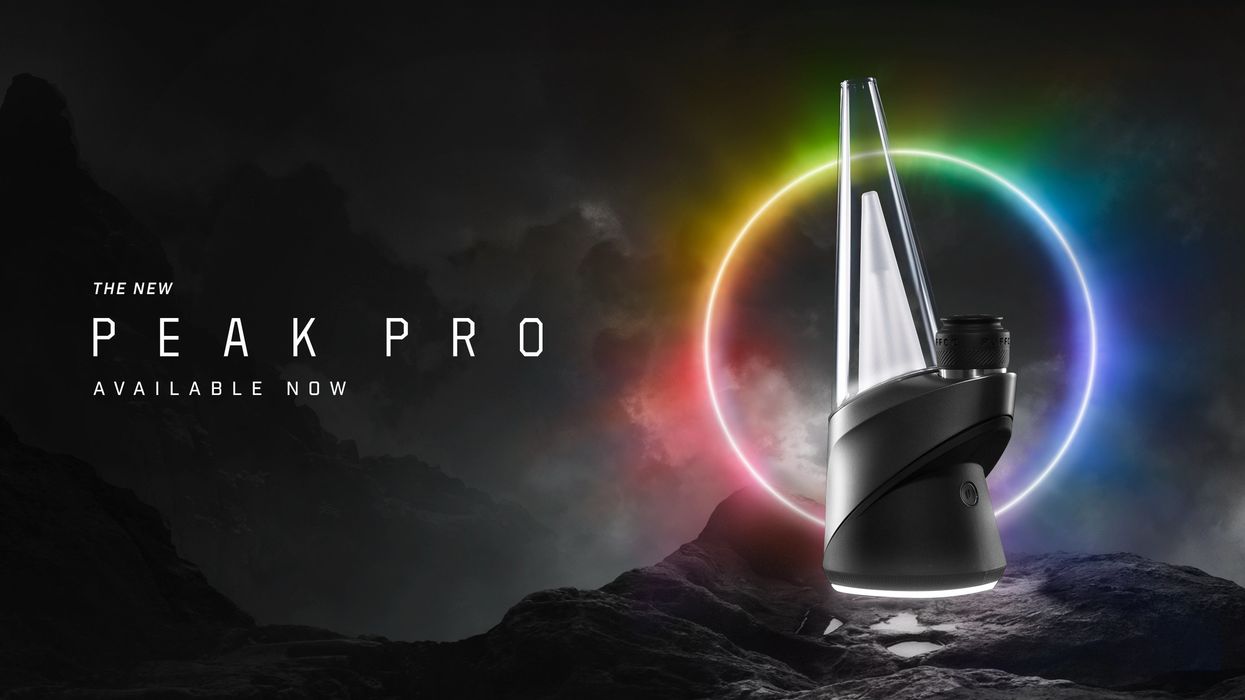
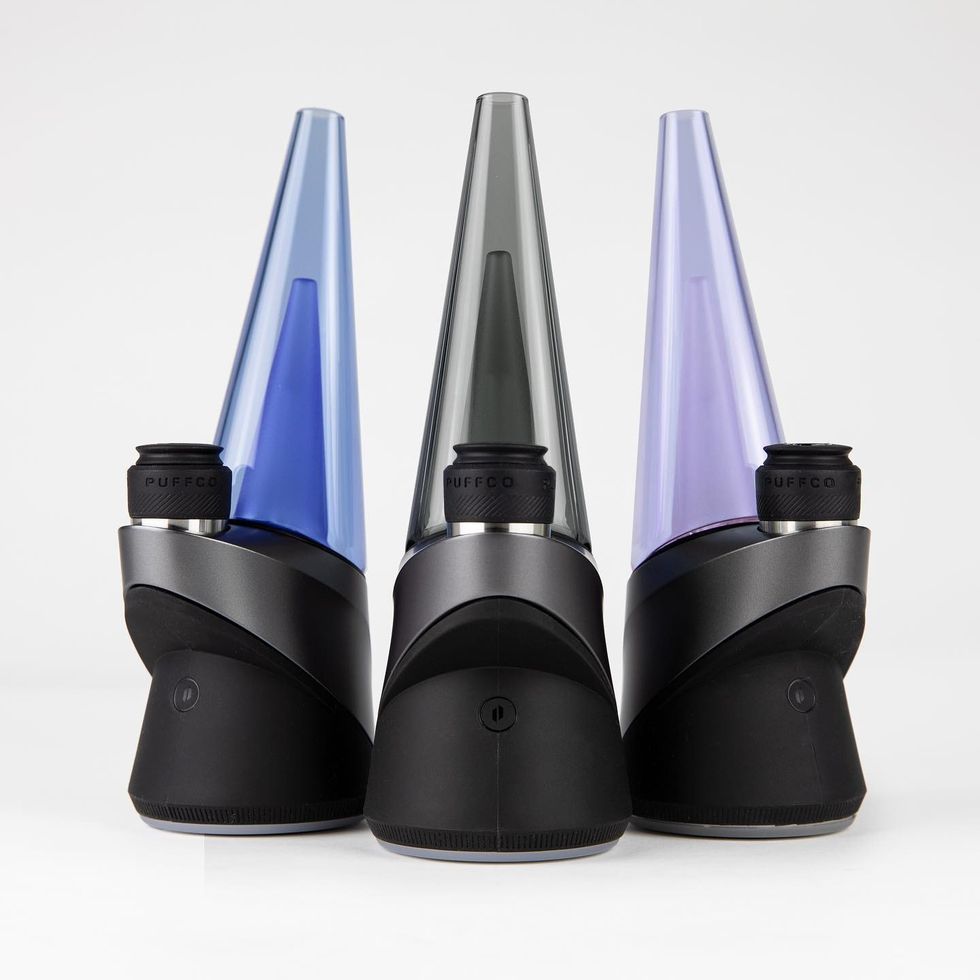 The Puffco Peak Pro brings style and ease to cannabis dabbing.Image from Puffco on Facebook
The Puffco Peak Pro brings style and ease to cannabis dabbing.Image from Puffco on Facebook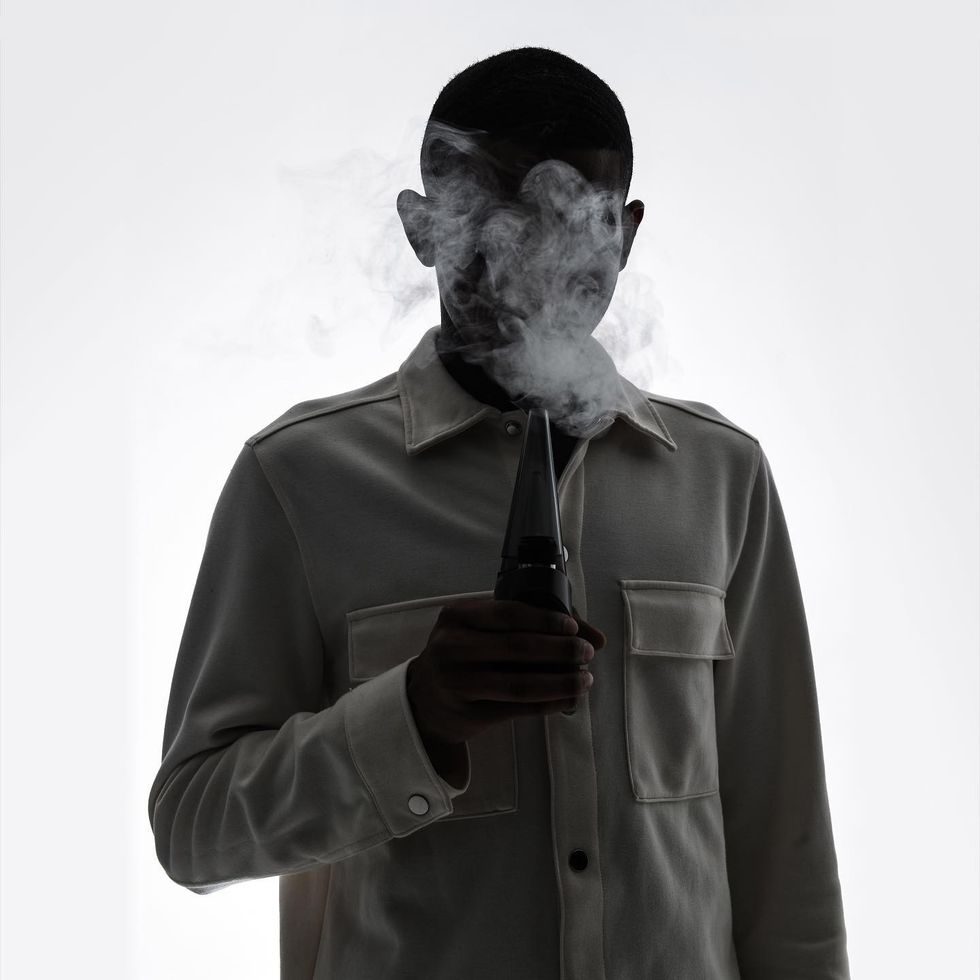 The Puffco Peak Pro is easy to hold AND easy to use.Image from Puffco on Facebook
The Puffco Peak Pro is easy to hold AND easy to use.Image from Puffco on Facebook The Puffco Peak Pro allows you to appreciate cannabis and innovation at the same time.Image from Puffco on Facebook
The Puffco Peak Pro allows you to appreciate cannabis and innovation at the same time.Image from Puffco on Facebook